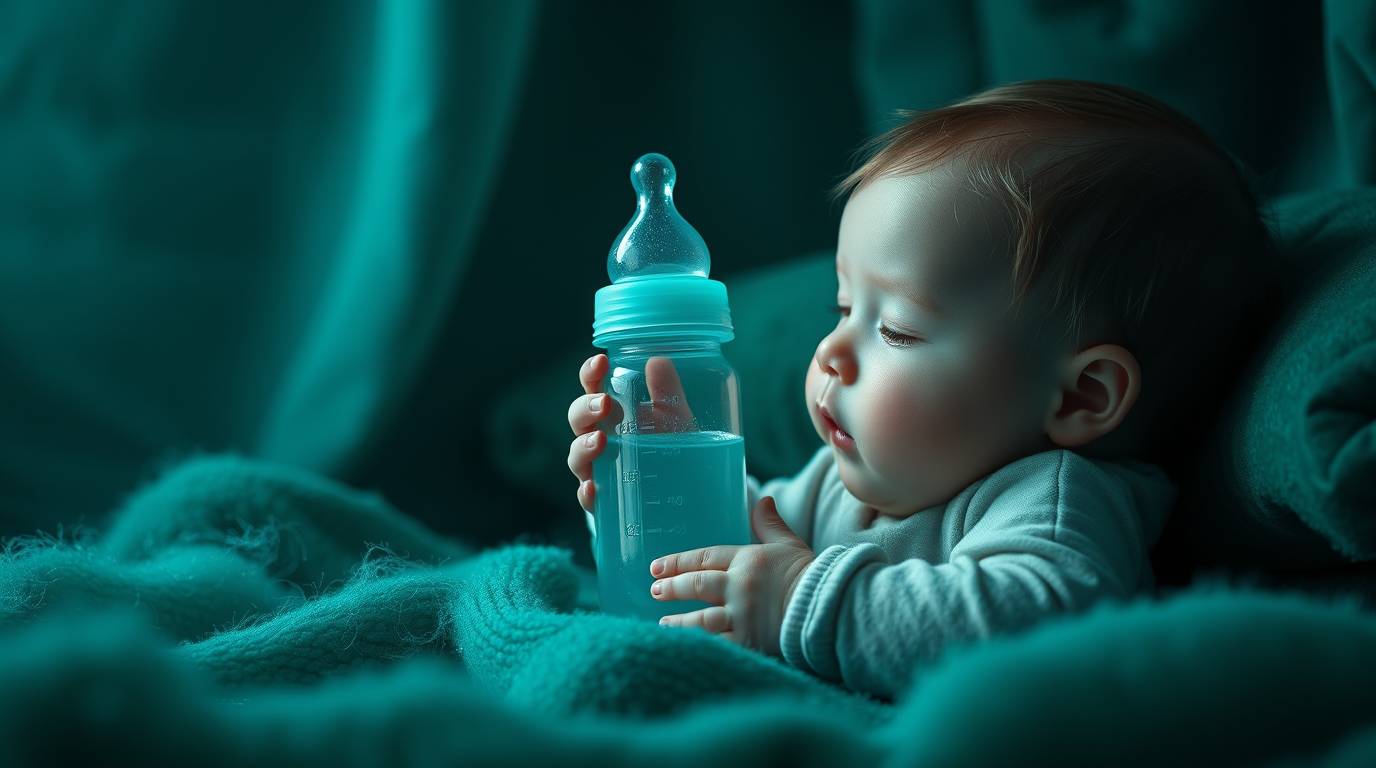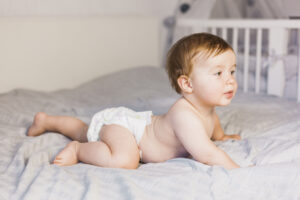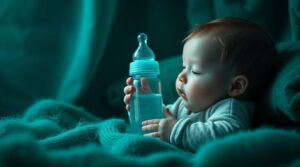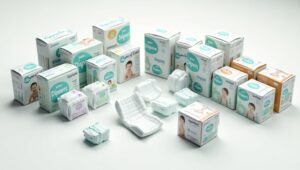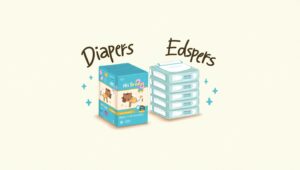Which Bottles Are Best for Babies?
Choosing the right baby bottle is one of the most important decisions for new parents. Whether you’re planning to exclusively bottle-feed, supplement breastfeeding, or switch between both, the bottle you select can significantly impact your baby’s feeding experience. With dozens of options on the market—varying in material, shape, nipple flow, and anti-colic features—it’s easy to feel overwhelmed. This article will guide you through what to look for and highlight the best types of baby bottles to ensure comfort, safety, and ease for both babies and parents.
Key Factors to Consider When Choosing Baby Bottles
Before diving into specific types and brands, it’s essential to understand the criteria that make a baby bottle suitable for your child:
1. Material (Plastic, Glass, Silicone, or Stainless Steel)
- Plastic: Lightweight and shatterproof. Look for BPA-free labels.
- Glass: Durable, chemical-free, and easy to sterilize, but heavier and breakable.
- Silicone: Flexible, soft, and chemical-free. A relatively new option that’s safe and easy to clean.
- Stainless Steel: Durable and eco-friendly but less common and expensive.
2. Nipple Type and Flow
- Nipples come in different materials like latex and silicone.
- Flow rates range from slow (ideal for newborns) to fast (for older babies).
- Choosing the right nipple flow is crucial to avoid overfeeding, choking, or gas issues.
3. Anti-Colic Features
Some bottles are designed to reduce air intake through:
- Vent systems
- Angled bottle necks
- Nipple shapes that mimic breastfeeding
These features help prevent gas, burping, reflux, and fussiness.
4. Ease of Cleaning
Bottles with fewer parts are easier to clean. Wide-neck bottles are typically easier to fill and clean manually.
5. Size
Newborns usually start with 4-5 oz bottles, while older babies may need larger 8-9 oz bottles as they grow.
Types of Baby Bottles and Who They’re Best For
1. Standard Bottles
- Best For: Most babies, especially those who easily adapt to bottle-feeding.
- Simple in design with a standard nipple.
- Affordable and widely available.
2. Anti-Colic Bottles
- Best For: Babies who suffer from colic, gas, or reflux.
- These bottles come with vents or internal tubes that reduce the amount of air swallowed during feeding.
3. Wide-Neck Bottles
- Best For: Breastfed babies.
- Mimic the shape of a mother’s breast, making it easier to transition between breast and bottle.
4. Angled Bottles
- Best For: Reducing ear infections and reflux.
- The angled shape keeps the nipple full of milk and reduces air intake.
5. Disposable Liner Bottles
- Best For: Parents on-the-go or traveling.
- These use pre-sterilized liners that collapse as baby drinks, minimizing air intake and simplifying cleanup.
Top-Rated Bottles (By Category)
1. Best Overall Baby Bottle: Philips Avent Natural
- Wide nipple mimics breastfeeding.
- Anti-colic valve integrated into the nipple.
- Easy to clean, available in multiple sizes.
2. Best for Colic: Dr. Brown’s Natural Flow Options+
- Internal vent system proven to reduce colic and gas.
- Preserves nutrients in milk by reducing oxidation.
- More parts to clean but highly effective.
3. Best for Breastfed Babies: Comotomo Baby Bottle
- Soft, squeezable silicone body.
- Wide nipple base encourages natural latch.
- Anti-colic vents on the nipple.
4. Best Glass Bottle: Evenflo Feeding Classic Glass Bottle
- Affordable and BPA-free.
- Easy to sterilize.
- Great for eco-conscious parents.
5. Best for Travel: Playtex Baby Nurser with Drop-In Liners
- Pre-sterilized liners for convenience.
- Fewer gas-related issues.
- Lightweight and space-saving.
Signs That You Need to Change the Bottle
No matter how high-quality your baby’s bottle is, certain signs may indicate it’s time for a change:
- Baby refuses to drink or fusses during feeding
- Milk leaks around the nipple
- Signs of wear and tear on the nipple or bottle
- Increased gassiness or spit-up episodes
- Bottle has become cloudy or scratched (especially plastic)
How Many Bottles Do You Need?
The number of bottles depends on your feeding style:
- Exclusive bottle-feeding: 6-10 bottles
- Combination feeding: 4-6 bottles
- Occasional bottle use: 2-4 bottles
Having multiple bottles allows for easier meal prep and fewer rushes to clean between feeds.
Cleaning and Sterilizing Tips
Keeping bottles hygienic is crucial:
- Wash with warm, soapy water immediately after use.
- Use a bottle brush to clean all parts thoroughly.
- Sterilize new bottles before first use and regularly thereafter.
- Options include boiling, steam sterilizers, or microwave bags.
Transitioning from Bottle to Cup
By 12 to 18 months, pediatricians recommend starting to transition babies from bottles to sippy cups or straw cups. This helps prevent tooth decay and encourages independent drinking.
Signs your baby is ready:
- Can sit unsupported
- Shows interest in adult drinking behavior
- Easily handles bottle and can self-feed
Final Thoughts
There’s no one-size-fits-all answer to which baby bottle is the best. Every baby is unique—with different preferences, latch abilities, and sensitivities. The key is to observe your child’s reactions and adapt accordingly.
Look for bottles that are:
- Safe (BPA-free)
- Age-appropriate
- Easy to clean
- Designed to reduce discomfort
Whether you opt for glass or silicone, angled or standard, what matters most is that your baby is feeding comfortably and gaining weight as expected. With the right bottle, feeding can become a calm, bonding experience for both of you.
